Frank Skarpass, a manager at a Norwegian power grid company, is digesting the information that the structure resembling a high-tech carwash positioned next to the bank of chargers where he’s topping up his Jaguar I-Pace can swap EV batteries. “It only takes five minutes? That’s the dream,” he says. “Charging is without doubt a hassle.”
The battery swap station in Lier, southern Norway, is the first to be installed in Europe by Nio, a Chinese EV maker that has been compared to Tesla. The premise is simple, even if the mechanics aren’t. The swap station will replace a depleted EV battery for a full one in around five minutes.

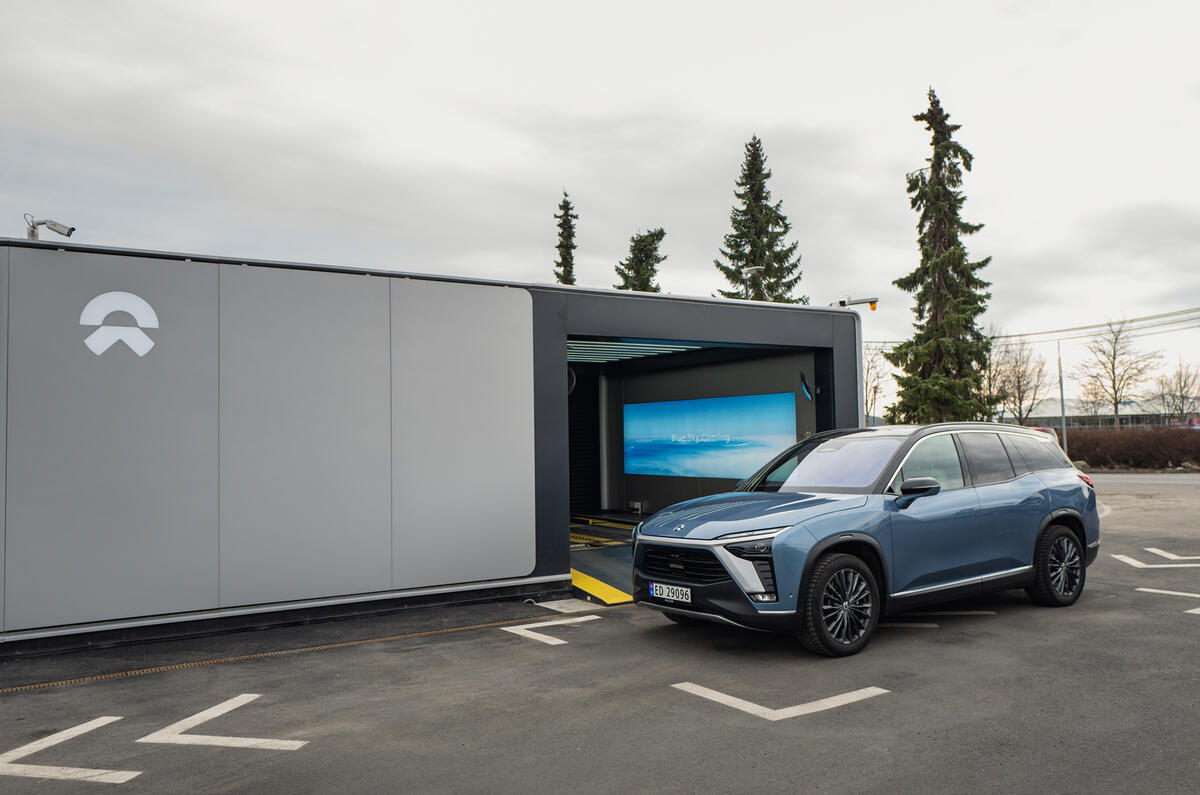
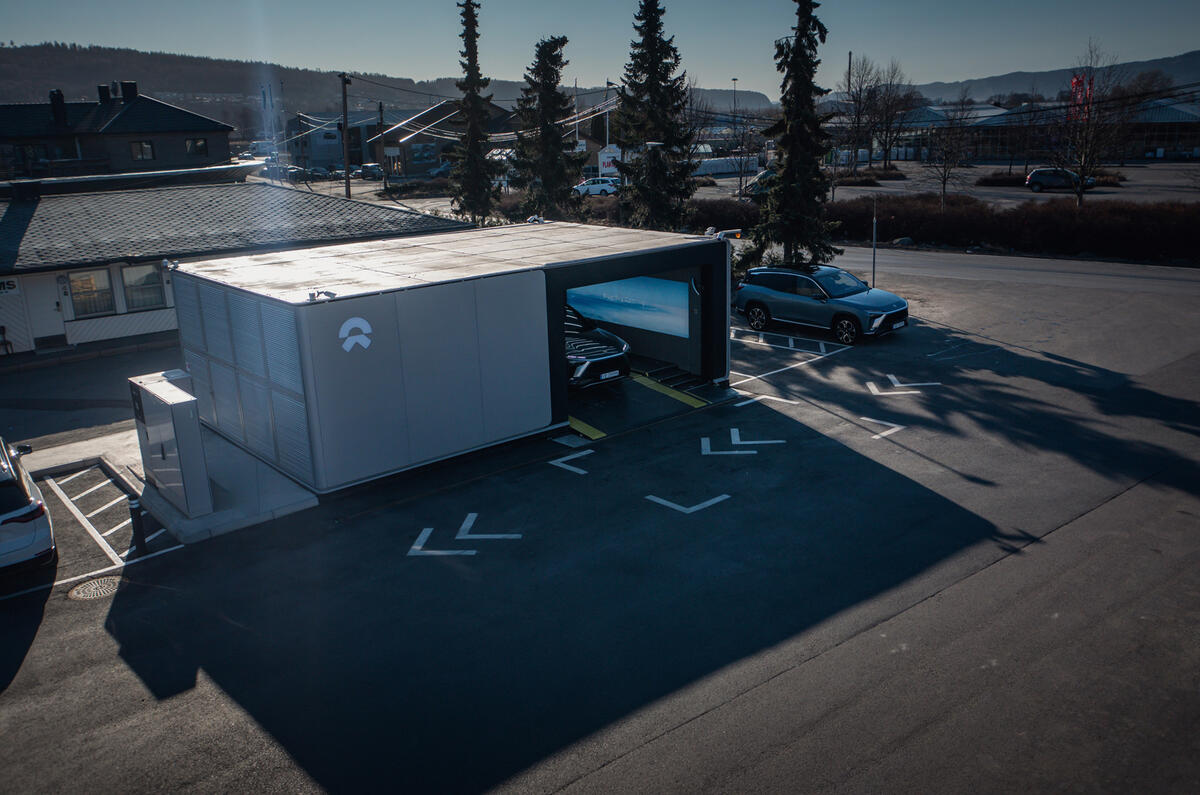
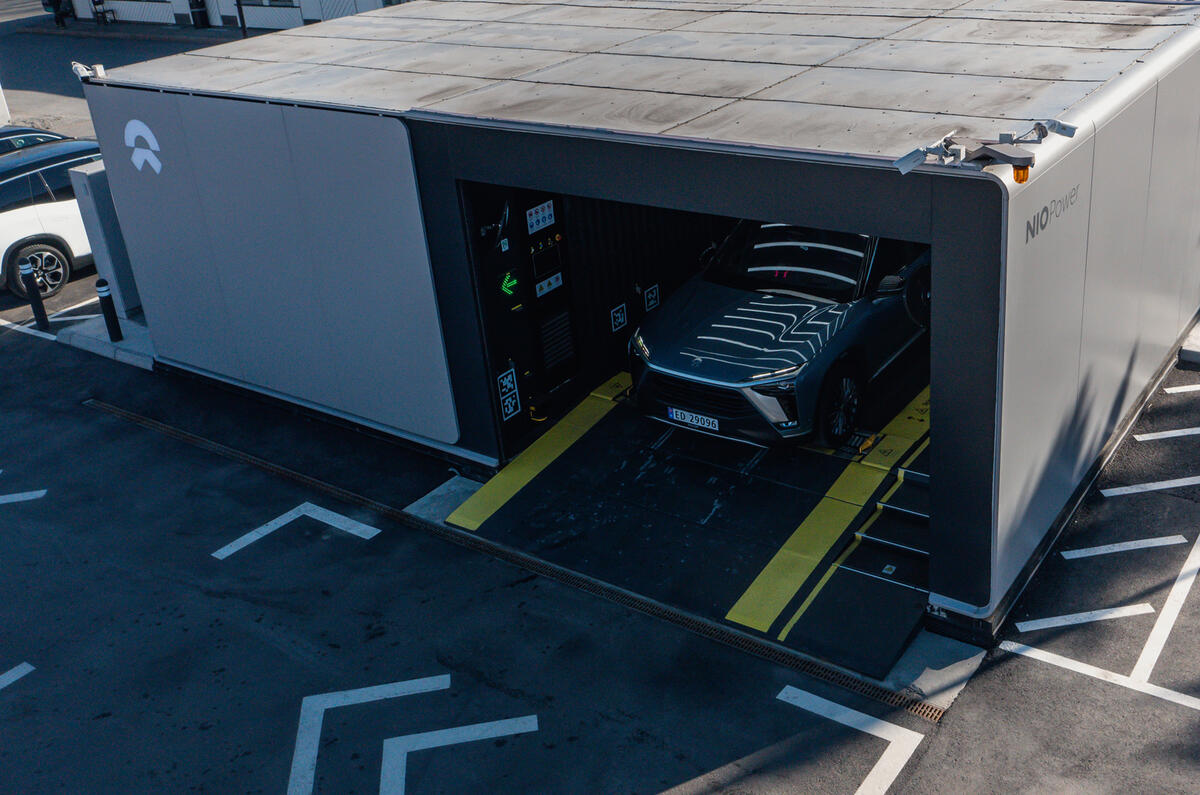
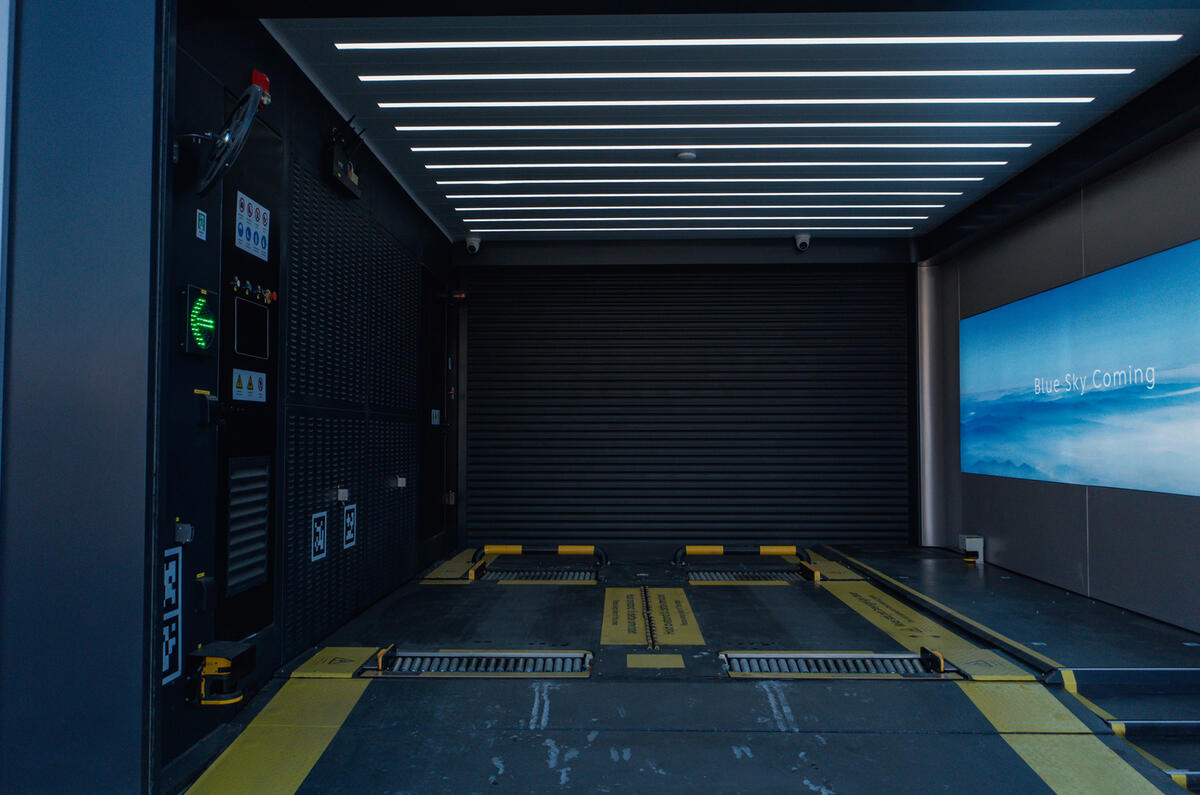
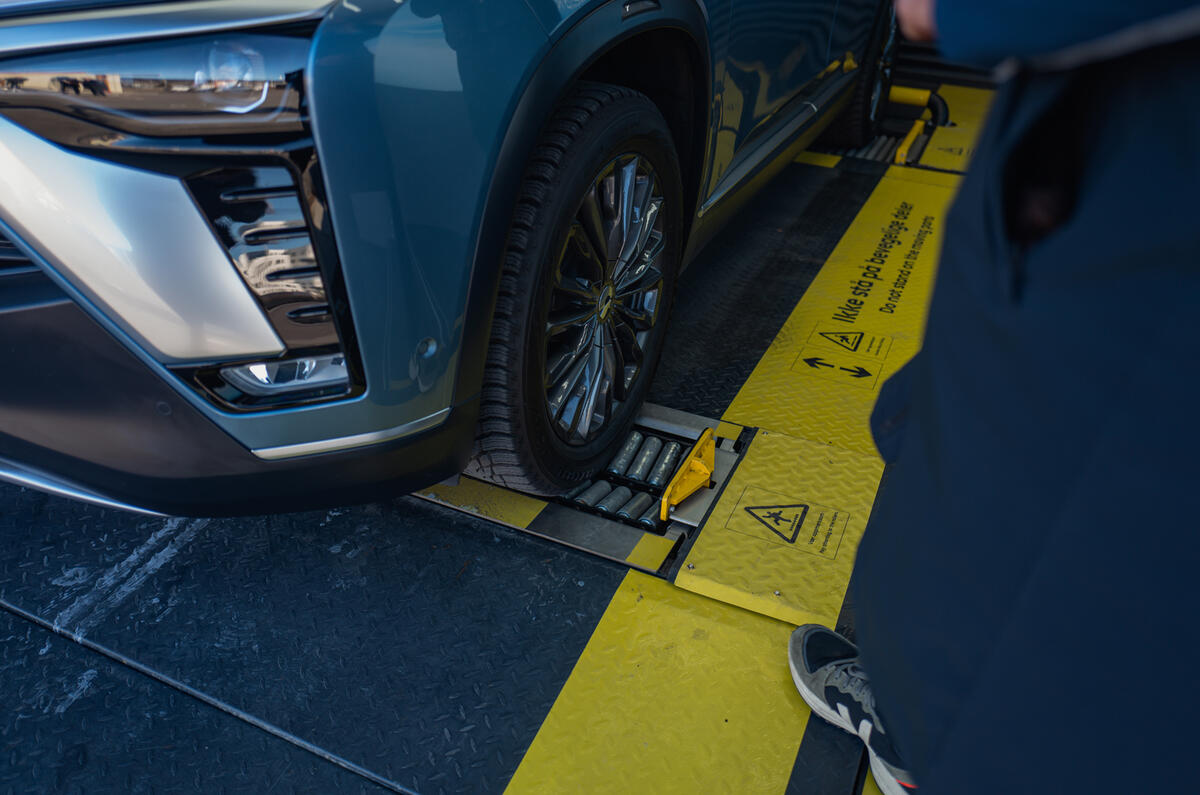
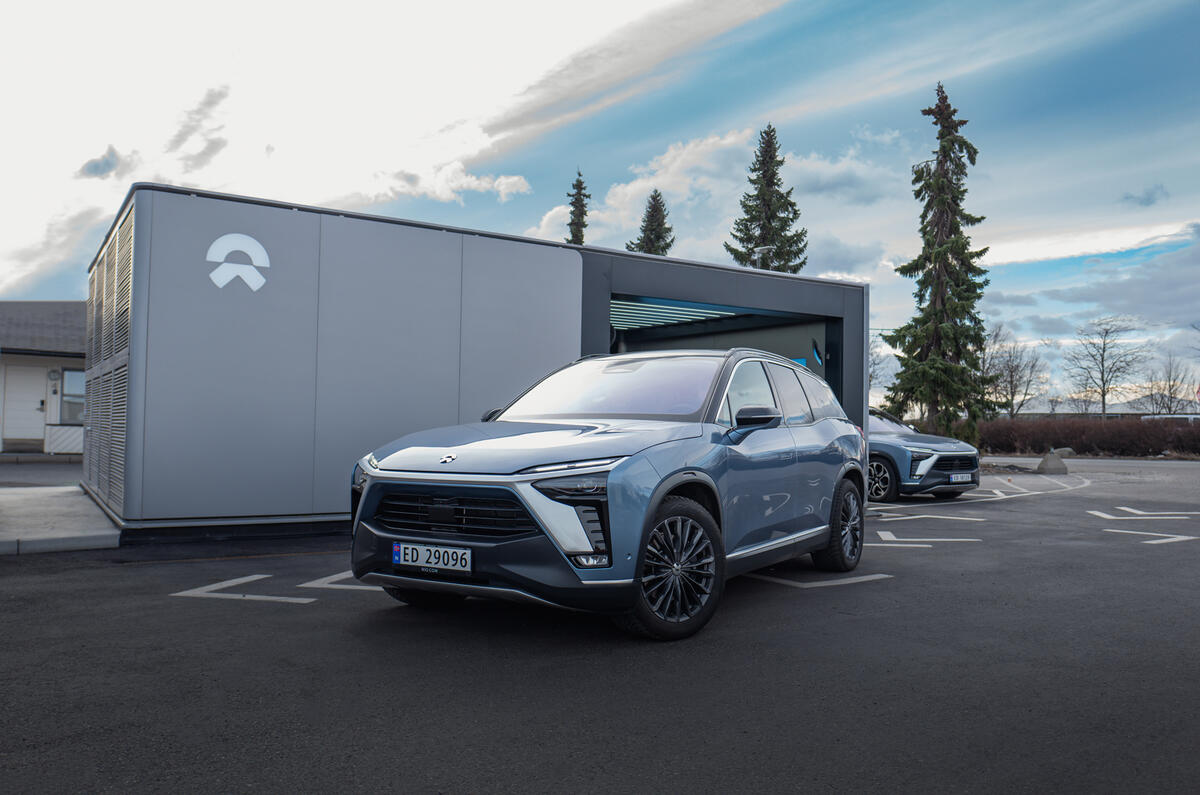
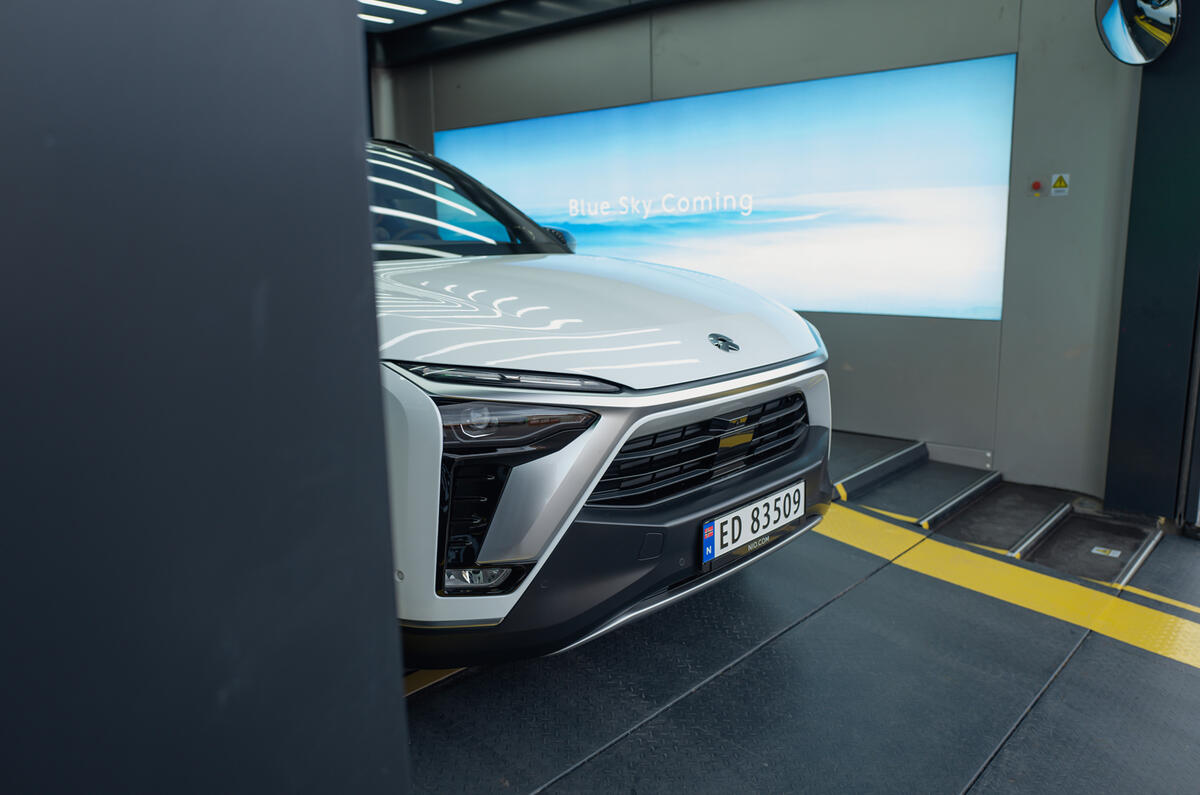
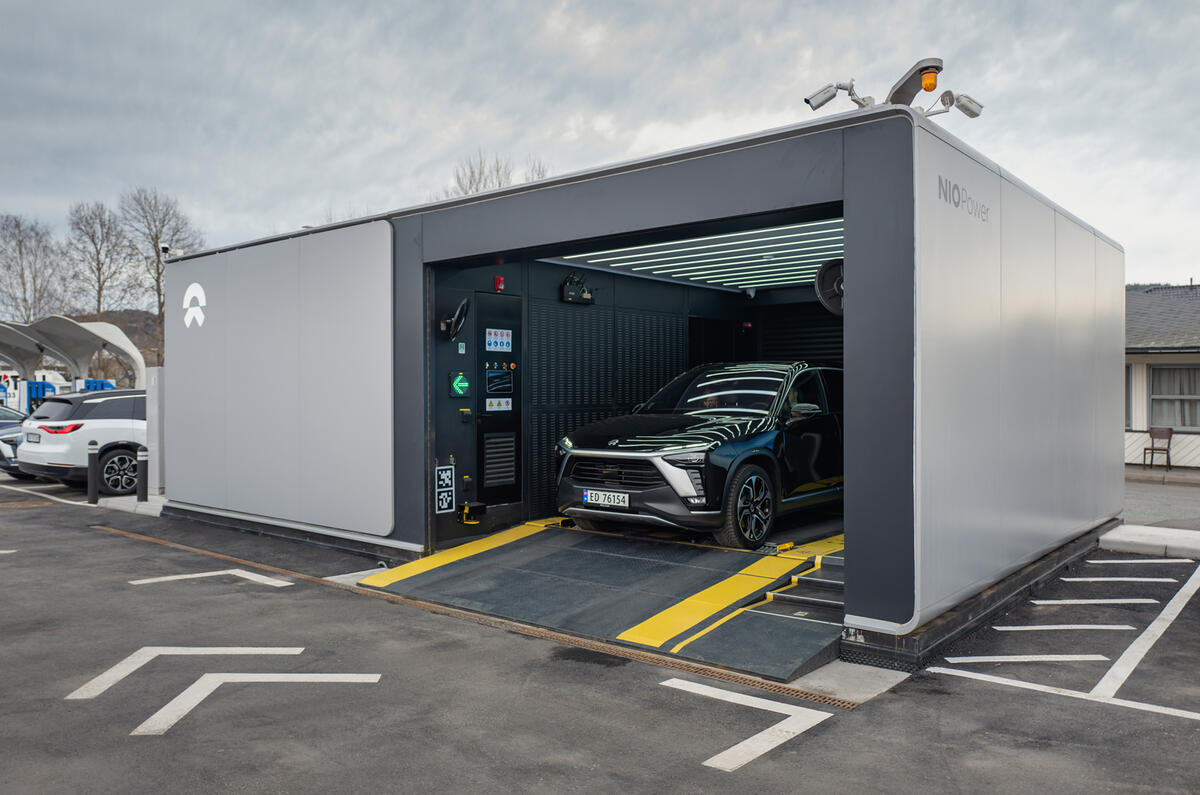
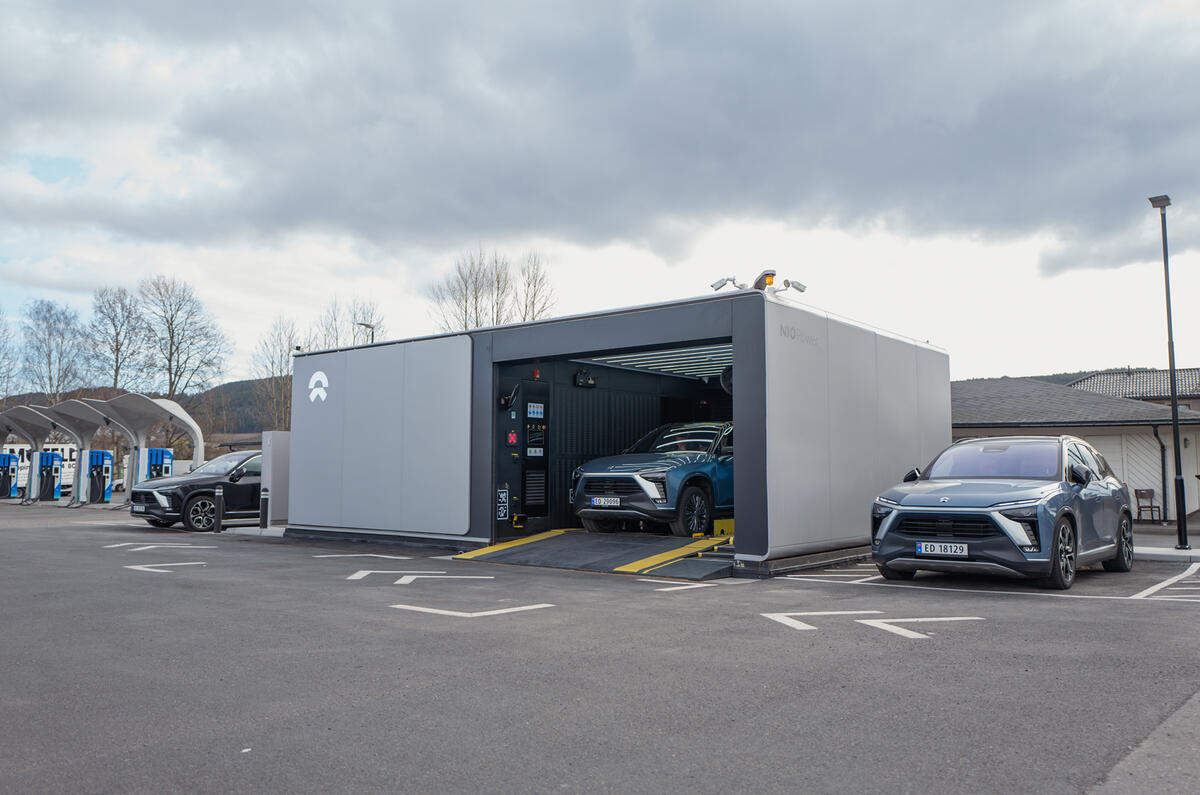





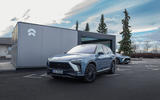
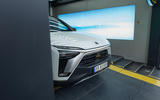
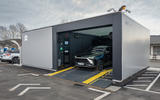
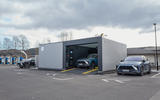


Join the debate
Add your comment
So many electric cars, so many different batteries? Best to have a modular system with sort of a base-size battery.
I suggested this idea a few years ago I described it as a "Thunderbird 2 arrangement"